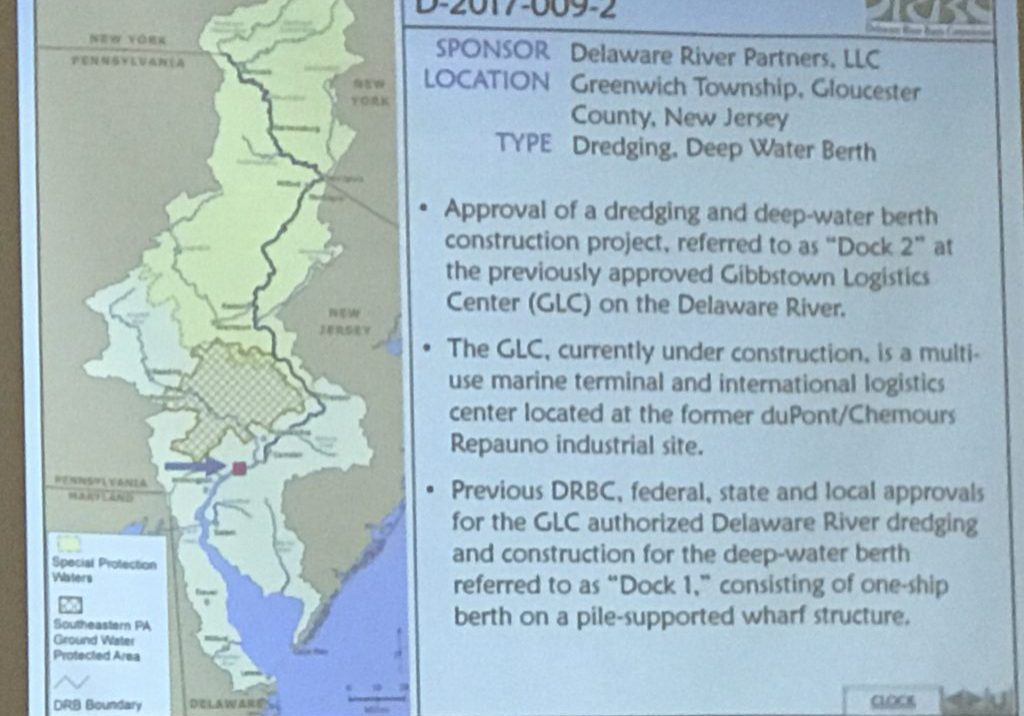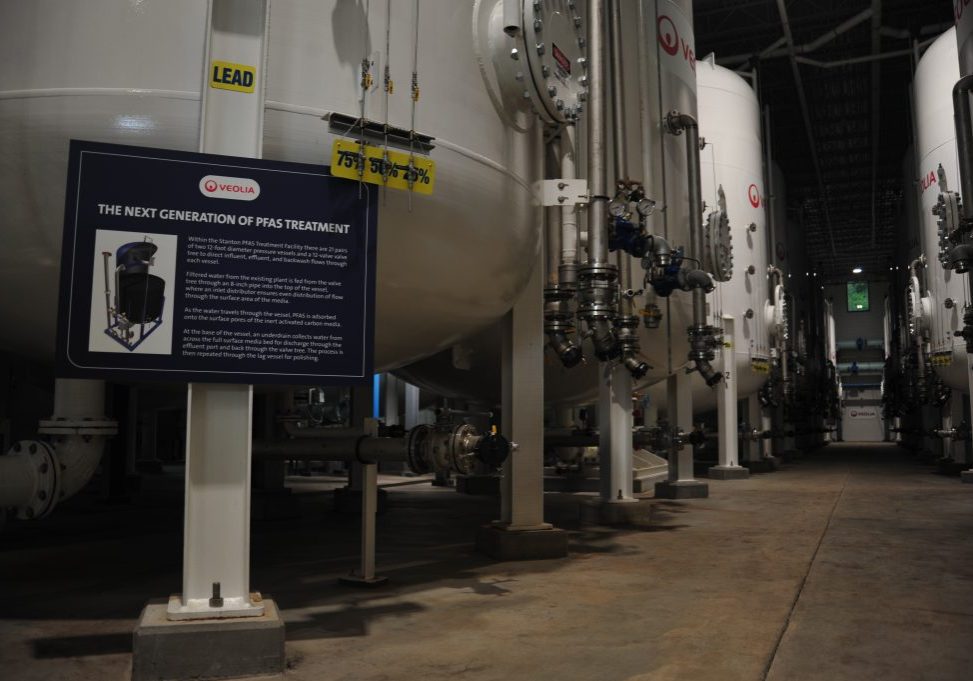
Rain, rain, go away!
| June 23, 2025
Editor’s note: This is a version of a FREE newsletter from Delaware Currents, which is delivered to subscribers periodically. If you'd like to get this directly to your inbox, please subscribe.
I’m writing this in the middle of yet another rain event in Northeast Pennsylvania.
Surely, we’ve left the drought of last fall well behind?
Yes, mostly.
The Delaware River Basin Commission at its meeting held in Easton, Pa., last week voted to end the Water Supply Emergency it declared on Nov. 19, 2024.
So that’s good news.
But once again, though the abundance of rain has erased most deficits, there are still stubborn patches in South Jersey that are showing the effects of the long dry patch we had.
At DRBC meetings, a report on hydrologic conditions is routinely presented. On Wednesday there was a meeting of the Water Management Advisory Committee, and a report was given by Sara Sayed, a water resource scientist at the DRBC.
She followed the usual pattern, first showing a graphic that outlined the way water moves around in our world, called the Hydrologic Cycle (as above).
As with all things water, the DRBC digs deeper, explaining the four major indicators of drought, or not.
Before we get to those, I should point out that we are, naturally, concerned about the quality of the water in the Delaware River, since it’s the drinking water source for 14+ million people.
But we need to pay attention to the quantity of water in our watershed, because, well, droughts need to be managed and now, in the era of climate change, there is the increasing likelihood of flooding.
The quantity of water only grabs our attention when we’re dealing with the extremes of droughts and floods. This committee is dedicated to how we manage our water resources and how we plan for the future.
So, the first indicator is the most obvious: precipitation. That’s relatively easy to see, though precipitation can vary in this vast watershed of ours. There are gages run by the U.S. Geological Survey that help give specific data points for many indicators.
Then, stream flow: How fast or deep are many of the streams flowing? And that is, usually, directly related to precipitation. Stream flow is often caused by another indicator: surface water, usually lakes.
We start getting less “obvious” when we study groundwater, the fourth indicator. That’s water that’s not apparent on the surface and easiest understood as our water table. This is the water that is tapped by private, commercial or public wells.
This is the indicator that can take a while to rebound after a long dry spell, and there are still some counties that are in a drought watch because their groundwater is slowly getting back to normal.
Here’s a link to the DRBC’s “Snapshot for Flow and Drought Management in the Delaware River Basin.”
Remember — just to make things more complicated — a drought in the river isn’t actually the result of these indicators. A Delaware River drought is determined by how full the New York City reservoirs are. Right now, both those reservoirs and the ones in the lower watershed are 100 percent full. (They are also shown on the Snapshot.)
Take care,
Meg






